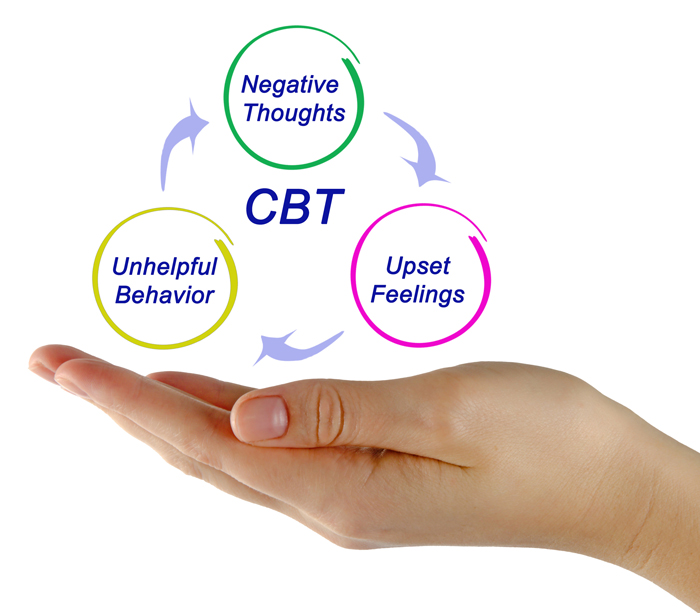
Resistance In Psychology Definition, Instances & Techniques Lesson
Resistance Sc
Not responding to a concern is also misaligning due to the fact that the task symbolized in the concern is momentarily put on hold. In general, resistance has been considered as actions or reactions that are non-conforming (Stivers and Hayashi, 2010), by not lining up with choices, topical agendas or positions (epistemic, deontic and affective) and disconfirming presuppositions (see Heritage, 2010). When not resolved, resistance can cause therapeutic alliance ruptures.
What Our Viewers Believe
Although he was divorced, unemployed, and alcohol addicted, all of which might be incentives for suicide, it turned out that none of these things was the driving pressure behind his self-destructive propensities. After a detail-seeking conversation in an emergency situation session, he disclosed that he 'd been informed as a kid that jumping his infant bro on his knee had actually caused his bro's autism. Bewildered with pain and shame, my customer had actually never ever disclosed this details to anyone.
Resistance Is An Opportunity, Not An Issue
It blocks the progressivity of the sequence and marks a feasible tear in the functioning partnership between coach and client (Muntigl, 2013). The series under study complies with a questioning sequence that topicalized a perfect coaching end result to the customer's problem of being overworked. For today research, we randomly picked four dyadic training processes with two to three sessions each, which amount to approximately 13 h of training communication. Whereas CO3-KL1 and CO10-KL1 happened in face-to-face setting, both CO7-KL1 and CO9-KL1 took place online. Though the trainers all work within the systemic solution-oriented method, their procedure shows idiosyncratic attributes.
- MI has actually been revealed to be effective in aiding customers with numerous problems, such as material usage, health actions, psychological health, and criminal justice.
- Stivers and Hayashi (2010) note that while transformative responses modify the project of the original question, they may do so in the interest of making it (even more) "answerable".
- Because the optimal coaching result made relevant by the coach's previous concern remains vague, the coach follows up with the inquiry "what does this mean for your concern" (line 1), making a link to the client's preliminary issue conditionally pertinent.
We structure this list in terms of details instances of resistance, complied with by pointers for ways to attend to each kind of resistance in treatment. This listing is not exhaustive, https://s3.us-west-1.amazonaws.com/ghkjfopddgh/Motivational-Coaching/psychotherapy-counselling/why-incorporate-top-down-and-bottom-up-treatment-for-trauma-and.html and several of these instances might be extra germane to certain restorative orientations (e.g., cognitive-behavioral, psychodynamic, humanistic); we hence motivate viewers to attract links to possible examples in therapies of various other styles. In comparison to its subconscious (i.e., transferential) equivalent, sensible resistance is explicitly experienced by the client and therefore reportable. Generally specified, practical resistance refers to customers' conscious, purposeful opposition to restorative initiatives that they fail to comprehend or accept.
This means that the overall mentoring task might progress despite the non-compliance with the recommended activity. We have assigned them to a 3rd group, i.e., 'moving' or 'refocusing'. Customers' refocusing therefore consists of circling or 'looping' back to the underlying trouble or from internal states to exterior contextual elements, yet also the introduction of different options or subjects than those presented by the trainer. We have actually found instances of redoubling with or without a preceding (pro-forma/ partial) answer (see Table 2 for an overview of the distribution of the number of circumstances for these (below-) groups).In psychological conversations, client resistance is framed as an internal or mental sensation. It functions as a relevant function of the restorative procedure which, while suggesting non-complying, opposing or staying clear of actions on the clients' side, represents a crucial home window to customers' therapy-relevant reasoning and feeling. As such, it should be treated successfully as an instrument to deal with customers, as opposed to versus them (Safran and Muran, 1996).
To understand emotional selling, it is necessary to initially understand sales psychology. We're all urged by the very same psychological principles when it pertains to why, when and from whom we buy. However, as mental marketing focuses on the buyer, out the seller or their product, it stands to reason that you'll shut more offers if you recognize what's driving your sales leads. Since the therapeutic connection is so vital to the therapy process, a therapist can not move forward without gaining the count on of the customer, says Degges-White, a past president of the Association for Grownup Advancement and Aging, a department of ACA. " Being asked to reveal and attend to subjects that might be considered exclusive can be anxiety prompting-- terrifying, disturbing, also intimate for many of us," she keeps in mind.If the specialist can spot and handle resistance, they can utilize it to diffuse the resistance. According to psycho therapists, among the most effective ways to deal with resistance in treatment is to use a paradoxical technique, which suggests that rather than fighting the resistance, specialists sustain it. It has been discovered that several immune customers are oppositional by nature, therefore a therapist may tell their client to proceed their habits in hopes that they will do the contrary.

